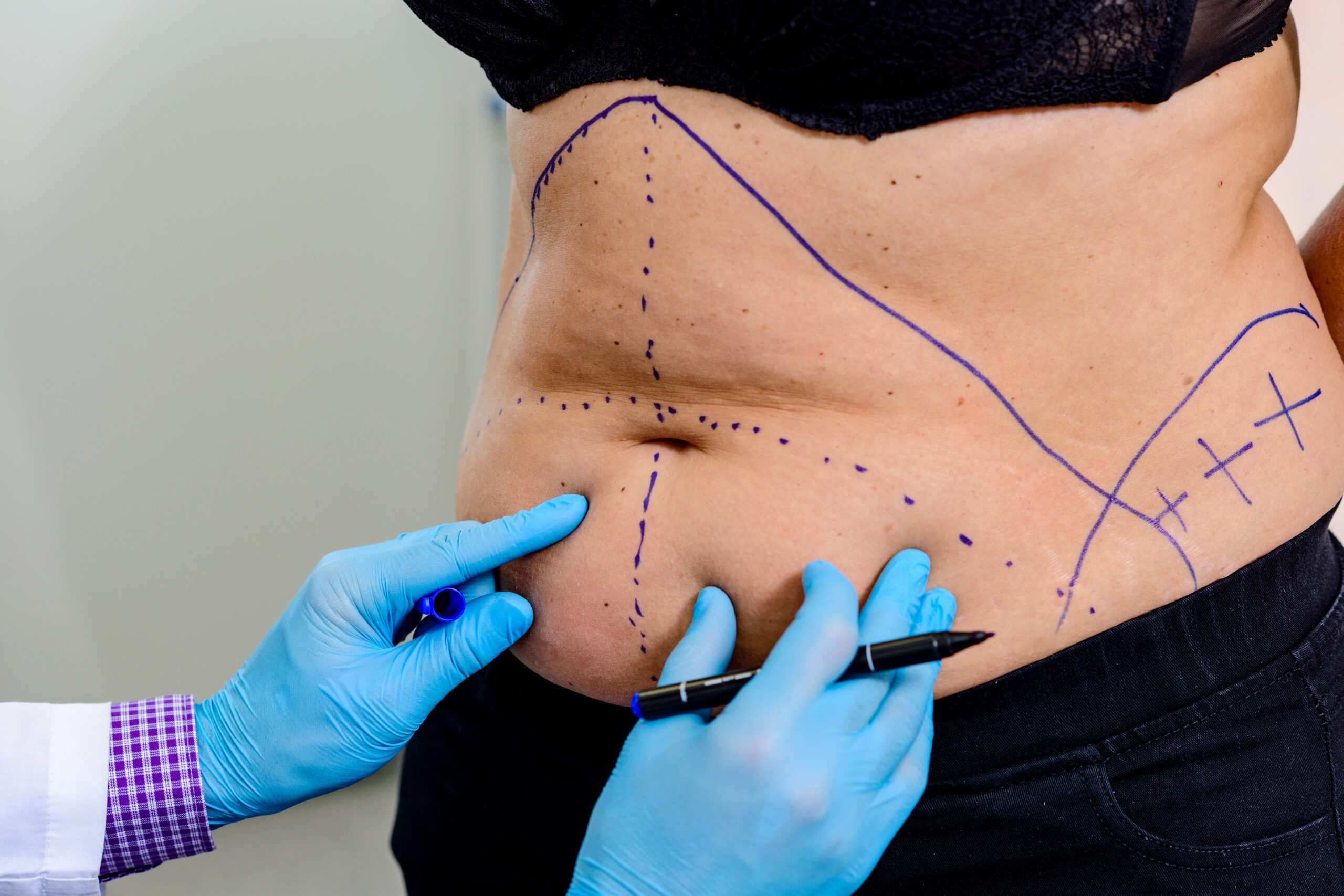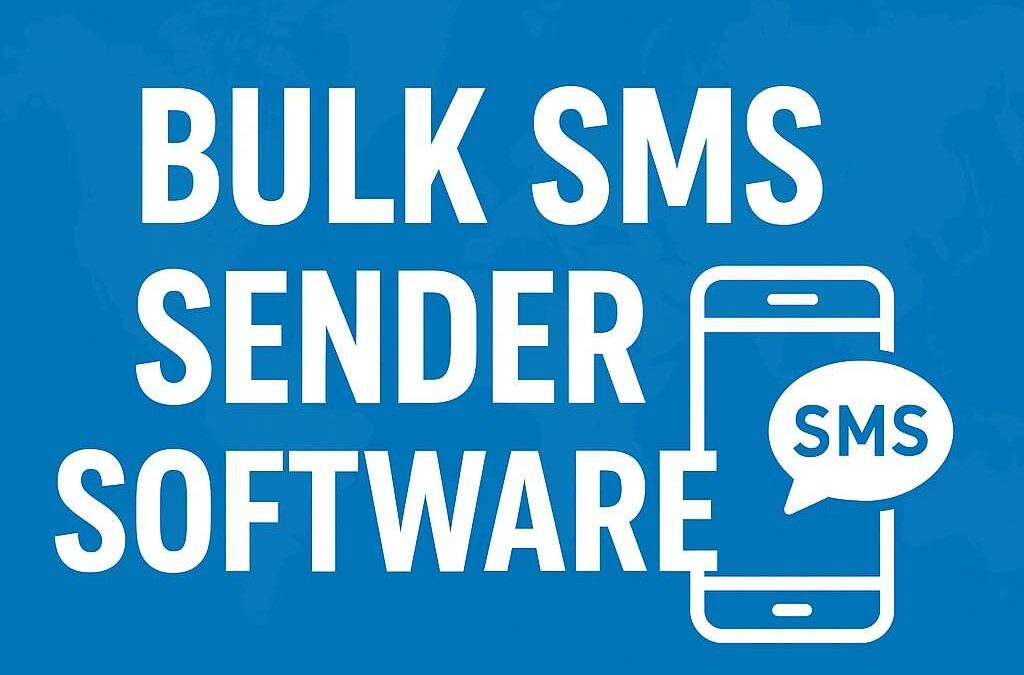Many patients often ask, how soon can you exercise after liposuction surgery when planning for recovery and results. Liposuction is designed to remove stubborn fat and reshape the body, but after the procedure, it is crucial to allow proper healing before resuming physical activity. Jumping back into workouts too soon can impact results and increase risks. Understanding when and how to return to exercise after liposuction ensures smoother recovery, long-lasting outcomes, and better confidence in the final body contour.
What Is Treatment And How It Works?
Liposuction in Dubai(شفط الدهون في دبي) is a surgical procedure that removes fat deposits through small incisions using a thin cannula. The fat cells are suctioned out, permanently reducing localized fat in areas such as the abdomen, thighs, arms, and back. The treatment works by reshaping the body rather than serving as a weight loss solution. Since liposuction involves incisions and internal healing, the body requires adequate rest before engaging in strenuous activities. Exercise too early after the procedure can strain tissues, delay healing, or cause complications like swelling and bruising.
Importance Of Treatment:
The importance of liposuction lies in its ability to contour areas resistant to diet and exercise. For many, it delivers long-term improvements in body proportions and enhances self-confidence. However, the success of liposuction depends not only on the surgery but also on proper aftercare, which includes resuming exercise at the right time. Physical activity plays a vital role in maintaining results, as it helps prevent weight gain and supports muscle tone. Following a structured timeline for returning to exercise ensures both safety and effectiveness of the treatment outcomes.
Types Of Treatment:
Liposuction comes in different forms, each influencing the recovery process slightly:
-
Tumescent Liposuction: Uses fluid injection to make fat removal easier and reduce bleeding.
-
Ultrasound-Assisted Liposuction (UAL): Uses ultrasound waves to liquefy fat for smoother extraction.
-
Laser-Assisted Liposuction (LAL): Uses laser energy to melt fat and stimulate some skin tightening.
-
Power-Assisted Liposuction (PAL): Uses a vibrating cannula for efficient fat removal with less trauma.
Although all types require recovery before exercise, some methods that involve energy-assisted devices may reduce bruising and speed up healing. Still, light walking is usually recommended within days, while moderate to intense workouts should wait until full healing is confirmed.
Preparation And Aftercare:
Preparing for liposuction includes following health guidelines, maintaining a stable weight, and avoiding smoking or medications that affect healing. After the surgery, aftercare is critical in determining when exercise can be resumed. Typically:
-
First few days: Light walking helps circulation and reduces clot risks.
-
First 2 weeks: Avoid heavy lifting or cardio, as tissues are still fragile.
-
After 4 to 6 weeks: Most patients can return to moderate workouts once swelling decreases.
-
After 6 to 8 weeks: Intense training and high-impact exercise can usually be resumed with approval.
Wearing compression garments, staying hydrated, and eating a balanced diet also support recovery. Exercise should always be reintroduced gradually to avoid setbacks.
Ideal Candidate:
The ideal candidate for liposuction is not only someone seeking fat reduction but also an individual committed to maintaining results with healthy habits, including exercise. Candidates should be in good health, have realistic expectations, and understand that liposuction is not a substitute for weight loss. People who already follow an active lifestyle before surgery often recover faster and adapt better to resuming exercise post-treatment. The best candidates recognize the importance of balancing recovery time with long-term fitness goals.
How To Choose A Right Clinic?
Selecting the right clinic plays an important role in determining recovery and guidance about returning to exercise. A reliable clinic provides detailed aftercare instructions, sets realistic timelines for physical activity, and offers tailored advice based on the type of liposuction performed. Patients should look for clinics that emphasize recovery planning, provide follow-up care, and explain the gradual steps for safely resuming exercise. This ensures that patients achieve their desired body contour without compromising safety during the healing process.
Risks:
Exercising too soon after liposuction increases risks of complications. Potential issues include swelling, bleeding, prolonged bruising, or damage to healing tissues. Strain from heavy workouts can also cause uneven results or fluid buildup. Risks are minimized by following recovery instructions carefully and introducing physical activity in stages. Each person heals differently, so rushing back to exercise without proper clearance can interfere with the final results and overall safety of the procedure.
Benefits:
The benefits of resuming exercise after Liposuction Surgery( جراحة شفط الدهون) are significant when done at the right time. Physical activity helps maintain fat loss, enhances circulation, boosts energy, and improves muscle tone. Gradual workouts also support mental well-being, reducing stress and promoting confidence in the new body shape. Combining liposuction with a consistent fitness routine ensures longer-lasting results, as fat cells removed during the procedure are permanently gone, but lifestyle habits determine whether new fat develops. Exercise also keeps the skin firmer and helps the body adjust to its new contours.
Faqs:
When can I start walking after liposuction?
Light walking is usually encouraged within a day or two to promote circulation.
When can I return to the gym after liposuction?
Most patients resume moderate workouts after 4 to 6 weeks, depending on recovery progress.
Can exercise too soon affect my results?
Yes, heavy exercise early can cause swelling, bruising, and uneven healing.
Will I lose more fat if I exercise immediately?
No, the fat removed is permanent, but early exercise does not accelerate results and may harm recovery.
Do compression garments affect workouts?
Yes, wearing them during early recovery helps control swelling while doing light activities.
Conclusion:
The question how soon can you exercise after liposuction surgery is one of the most common concerns for patients planning their recovery. While light walking is encouraged almost immediately, more intense workouts should wait several weeks until healing is complete. Liposuction permanently removes fat, but exercise is vital to maintaining results and enhancing body shape over the long term. By following a gradual and structured return to physical activity, patients can protect their investment in the procedure, enjoy a smooth recovery, and achieve long-lasting confidence in their new contours.







0 Comments